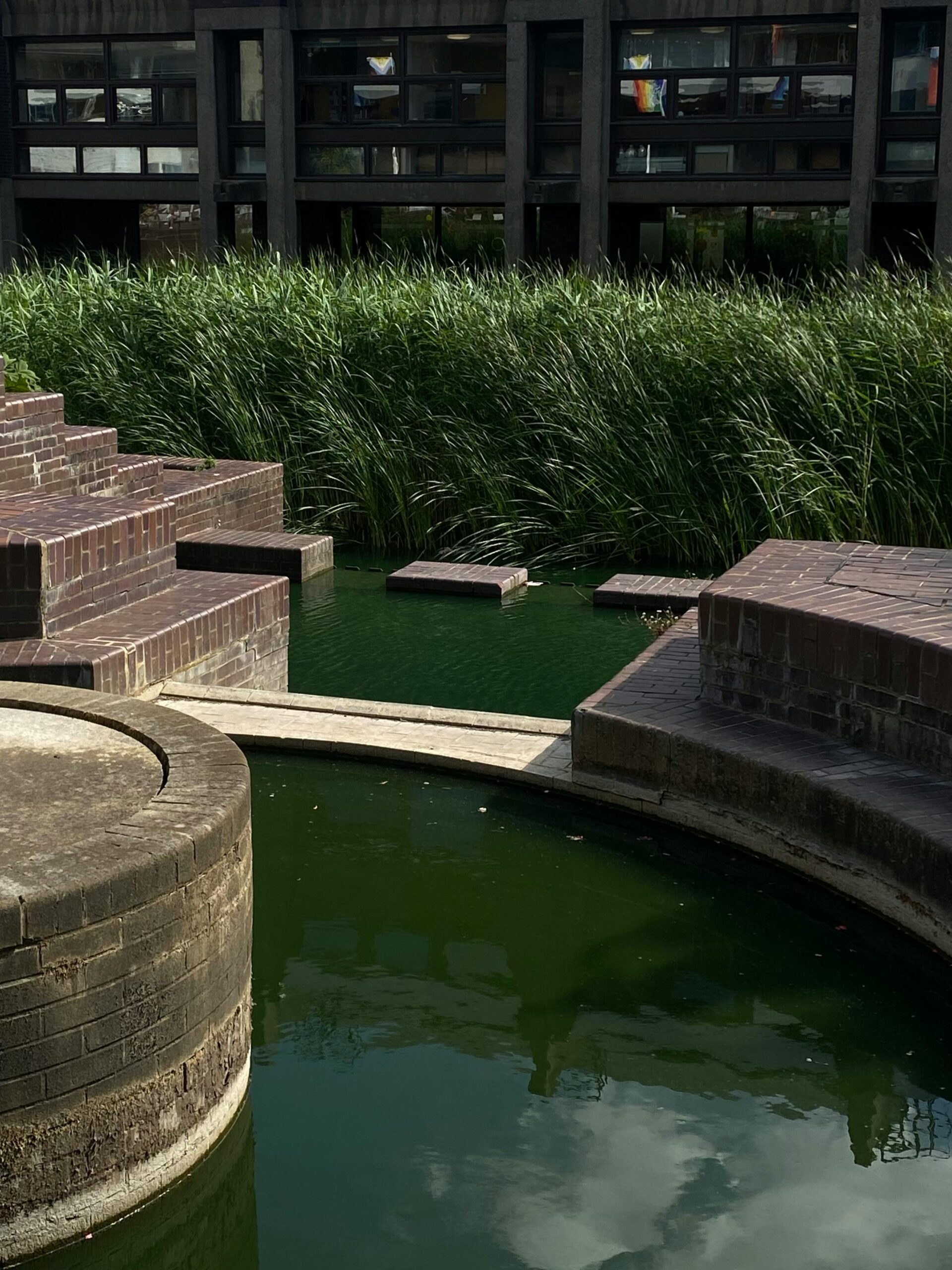The Met Office has recently provided an update on the toxic gas cloud hovering over parts of the UK. This cloud originated from a volcano in Iceland and is being monitored closely by experts.
The volcano, located in south-western Iceland, started erupting for the sixth time since December. Red lava is spewing through a new fissure on the Reykjanes Peninsula. The eruption began after a series of strong earthquakes, creating a 2.4-mile fissure through the Sundhnukur crater.
Authorities have stated that the effects of the cloud are localised, with road closures in place, but it does not pose a threat to the population. In the UK, cities like London, Norwich, and Hull are among those exposed to the cloud of CO2.
Despite this exposure, the Met Office has assured that the cloud is high in the atmosphere and will have little influence on ground-level air quality in the UK. They are continuously monitoring any sulphur dioxide release originating from Iceland and forecast that there will be minimal impact on UK surface air pollution in the coming days.
Although there are no immediate concerns for the UK, sulphur dioxide can cause health symptoms such as a sore throat, coughing, and difficulty breathing. This gas is usually produced from coal or crude oil combustion but has naturally occurred in this case due to the volcanic eruption in Iceland.
Iceland experiences eruptions every four to five years due to its location above a volcanic hot spot in the North Atlantic. The 2010 eruption of the Eyjafjallajokull volcano disrupted air travel for months by spewing ash into the atmosphere. However, the current eruption is not expected to have a similar impact on air travel.
In summary, the toxic gas cloud circulating above parts of the UK is being closely monitored by the Met Office. While there are no immediate concerns for ground-level air quality, it is essential to stay informed about any developments related to the volcanic eruption in Iceland.












